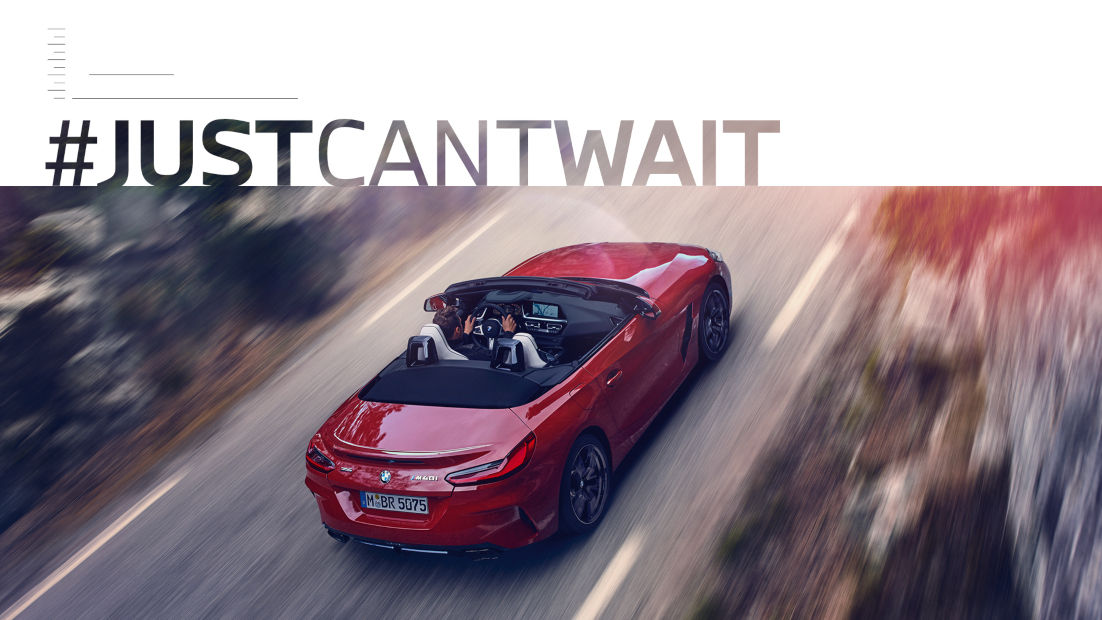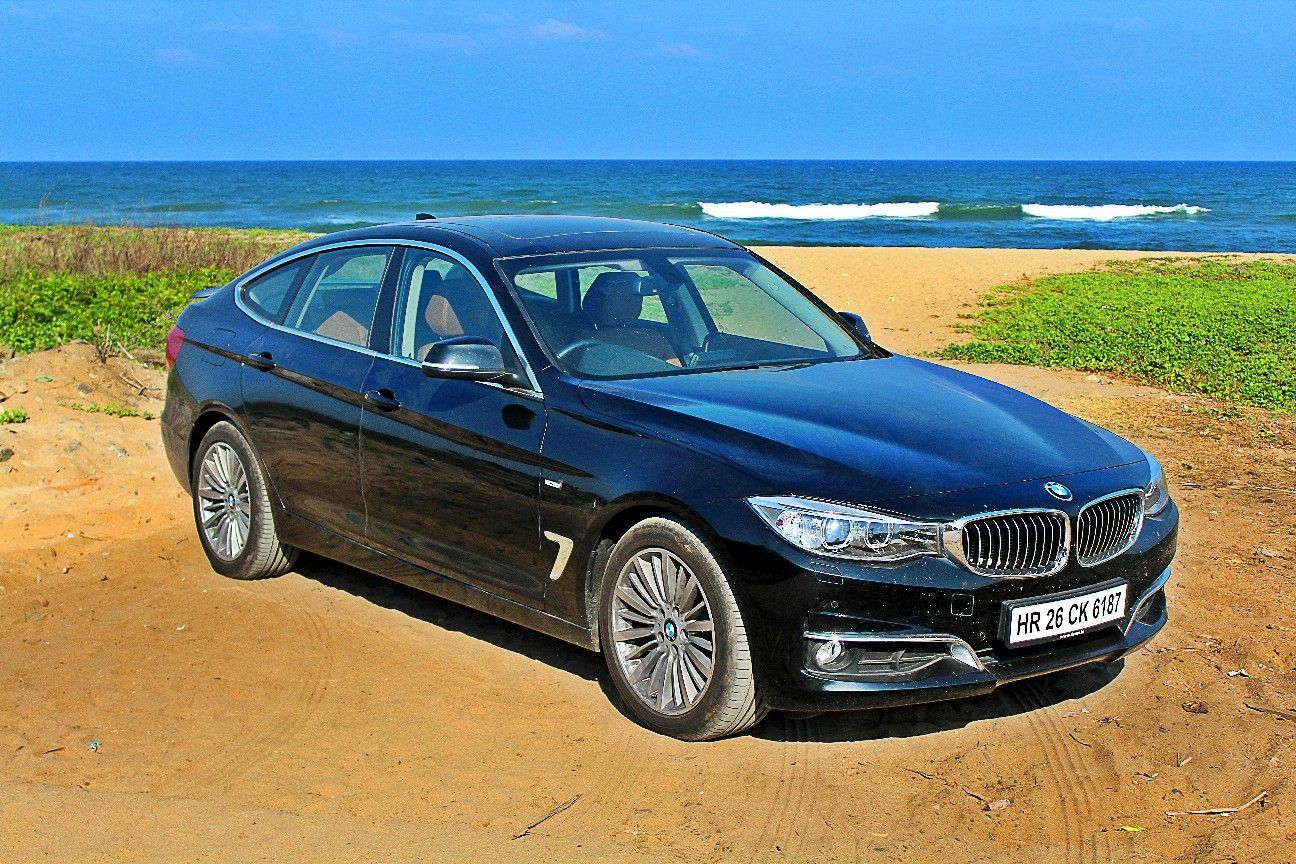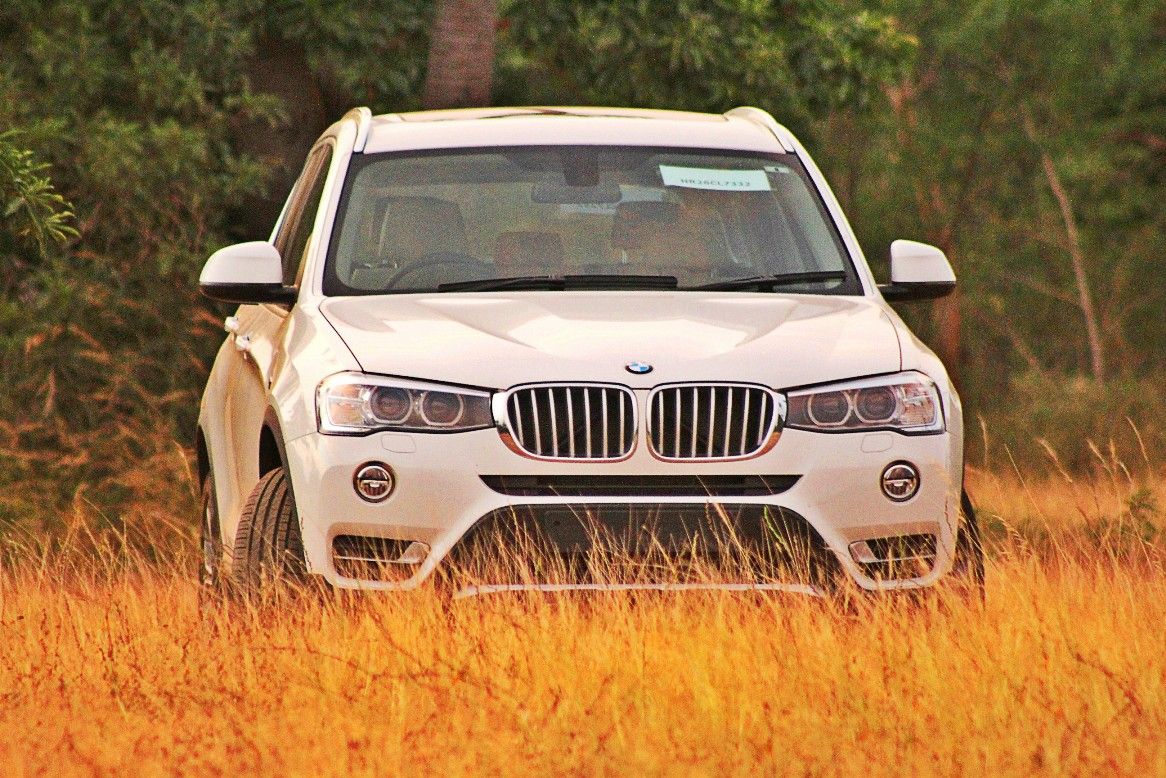Do it like the Bavarians
Published On Apr 03, 2014 10:48 AM By Rahul
- Write a comment

When in Bavaria, do it like the Bavarians do it. This is the state that isn’t just famous for beers and sausages, it is well-known for making ultimate driving machines called as BMW. A brand that is known for decades to built fast bikes, cars and even planes for a while. We visit Munich we understand more about the brand and experience it. We visit the Munich plant, Munich museum and head on to experience some BMWs on the track.

Munich Plant:

The Munich plant of BMW is located next to the four-cylinder BMW Headquarters along with the BMW Museum and the Velt. This plant produces 3 Series and 4 Series, M3 and the M4. The most commonly sold BMW across the globe. It has a workforce of 9000 people and produces more than 1000 engines and up to 1000 vehicles per day.
The plant covers an area of 500,000 square metres. Assembly is where individual customer specifications are realised: customers may configure their brand-new BMW according to their own preferences, or change options up until six days prior to the start of assembly. Once assembly calls up the appropriate body from the central body rack and inscribes it with the chassis number, the vehicle is allocated to that specific customer. The final step in production starts with the “wedding”, where the power train is joined to the body. Prior to delivery, every vehicle is placed on the dynamometer to test numerous systems under regular driving conditions.

The press shop produces around 130,000 car body parts a day from approximately 600 tonnes of different types of steel. Every BMW car body is made up of hundreds of parts and components produced in the press shop from the most advanced new steel alloys and aluminium. This is also where the design vision behind every BMW is implemented and the foundation for optimum safety performance is laid. The customer ultimately decides what his or her dream car should look like. In the assembly process, BMW builds each customer’s car according to their wishes at exactly the time specified. This allows the customer to change his or her order up to just six days prior to the start of assembly, when internal suppliers and external partners are notified which parts are needed for the vehicle. The first ever BMW 3 Series that rolled out in 1975, came from this Munich plant.
Each and every BMW car body is made up of hundreds of individual components that are produced in the press shop from the most advanced new steel alloys and aluminium. Synthetic materials and carbon fibre may also be used, depending on the model.
Most body parts start out as so-called “coils” – rolls of high-quality, zinc-plated steel sheets or deep-drawing sheet metal. Approximately 20 different types of steel are used in sheet thicknesses varying from 0.7 to 2.2 millimetres. These coils comprise up to 3.5 kilometres of steel plate and weigh up to 30 tonnes. The steel sheets acquire their final form in several stages as they proceed along the press lines.
Munich museum:

The BMW Museum in Munich is another must visit building. It has a collection of the most famous BMW vehicles. Beginning from the early 1900s when the BMW bikes were a big hit. The BMW Museum has made this urban scenario its theme: “streets and places in urban space”, was how BMW first presented the concept, developed by Viennese architect Karl Schwanzer, to the public in 1973. Since 2008, the architectural concept has been extended to include “bridges and houses” in an area which is now five times the size of the original Museum.


The Museum architecture creates a space for the BMW brand and at the same time gives it a physical presence. It provides a framework in which the themes of the exhibitions can be optimally developed. Modern exterior facades, unusual perspectives inside, asphalt floors and upward-spiralling paths through the exhibition areas create a lively, urban setting. The Museum’s architecture brings the topic of mobility inside and creates an authentic home for the BMW brand.

The official BMW Museum visitors’ tour begins with a glimpse of the future in the Design exhibition house. The space entitled “Inspiration. Ideas in Flux” gives shape to the values of the BMW brand by capturing a few key statements in sculptural form. The heart of this area is the “kinetic sculpture”, consisting of more than 700 hanging steel balls, which metaphorically translates the form-finding process into the room. The House of Design follows the entire design process, from initial inspiration to the “Studio. Design Dialogue” area, where the work of the designers begins, through to BMW design icons in the room “Treasure Trove. Heritage as Inspiration” – plunging the visitor deep into the world of BMW design.



The bikes, cars 3 Series, 5 Series, 6 Series, 7 Series and even the 8 Series are present in the museum. Then there is also the M range of cars and the entire range of BMW bikes including the ones that raced in Dakar. There is a motorsport section too, where the old Formula 1 BMWs are kept beginning from the turbo engine till the last set of cars driven by Nick Heidfeld and Robert Kubica.
Driving Experience:

The BMW Driving Experience around Munich is located in Fürstenfeldbruck airfield in Maisach, located about 30 kilometres from the Munich headquarters. At this centre, you learn how to polish your driving skills with different courses. There is a basic course and also an advanced course too.

There is different kinds of training offers beginning from 1 Series to the M and X range. The basic course involves things like slalom driving, braking, understeer, oversteer and ESP. There are up to 10 courses can be run concurrently at any one time – that represents an increase of 30 per cent in this initial development phase alone. Plus, the infrastructure of the building is designed to allow the programme to be expanded at any time. Larger events can also be catered for upon request; indeed, using the shelter and outside area significantly increases the available capacity once again.


It was a brilliant experience at the driving academy as we registered ourselves and received some driving training from the instructor. Things like understeer, oversteer, experienced racing drivers explain how to hold your steering, seating position in this session. Then it is time for the practical session. The basic driving course includes ABS testing, slalom run, over steer, under steer and use of ESP.

The most fun is over steer, which is the most difficult to control. To add on to the difficulty we had drive in circles on a wet patch, making it easier to skid. One had to switch of the ESP, get into the second gear and accelerator and turn vigorously to make the rear of the car slide. To control over steer, one has to go off the gas and counter steer. Once the slide has stopped, one needs to correct the steering position to get back in the car driving line.

Under steer happens when the front looses grip, here one has to go off the gas and reduce the steering angle to get some more grip. Some other such basic things were taught. We recommend you to visit the BMW Driving Experience and the Museum if you are in Munich.

Other highly recoomended places to visit in Munich:
1) City Centre Town Hall
2) Hofbrauhaus – Beer hall
3) BMW four-cylinder Building
4) Cycling Tour of the city










